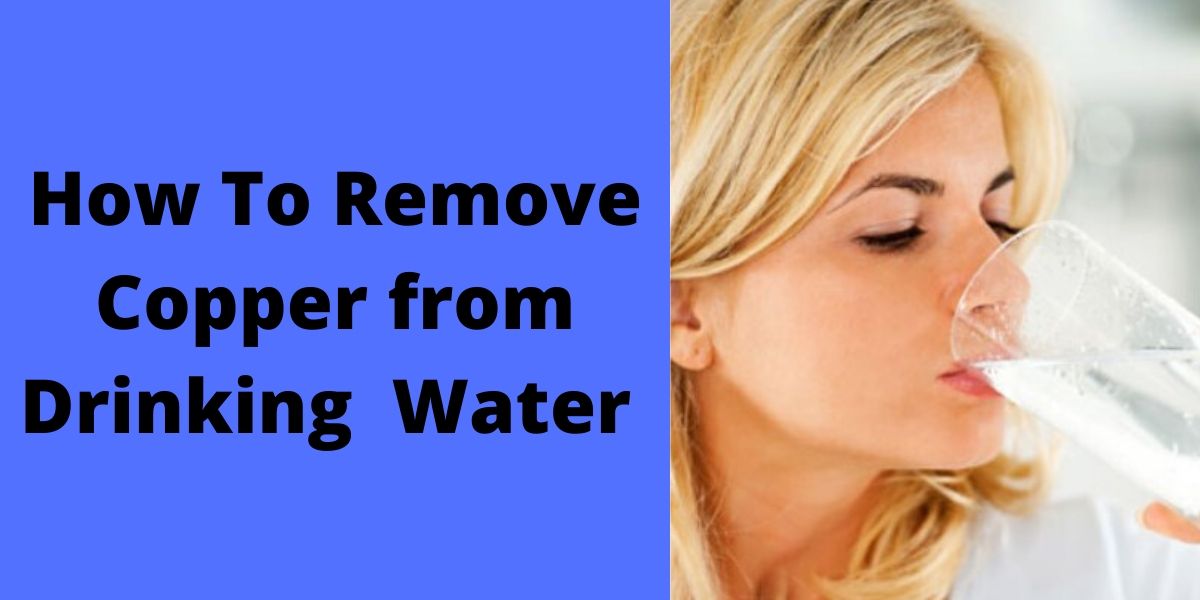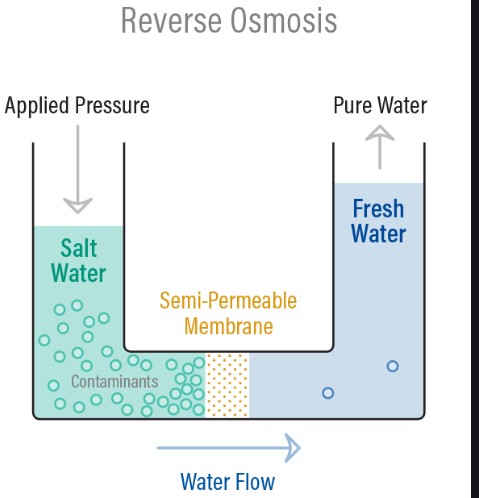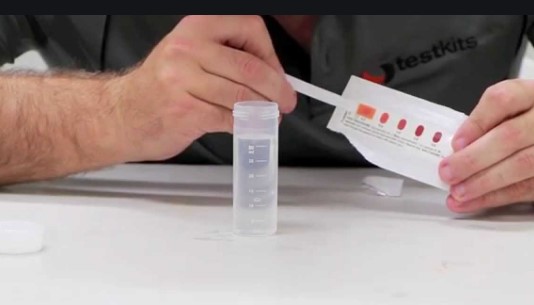 Over the years, I have heard people raise a concern about the presence of copper in their drinking water. Therefore, I decided to look into this to figure out how it gets there and how to remove copper from drinking water.
Over the years, I have heard people raise a concern about the presence of copper in their drinking water. Therefore, I decided to look into this to figure out how it gets there and how to remove copper from drinking water.
Copper is a chemical element. It is used in construction and a very good conductor of electricity. So, how does it get into residential water?
It does so through two ways – erosion from natural deposits, and corrosion from copper pipes, fittings, and faucets. Our bodies need certain levels of copper for proper nutrition because lack of it can lead to iron deficiency. However, excess amounts of copper could have adverse effects, including anemia and liver damage.
That’s why excess amounts need to get removed. Copper can be removed from drinking water through several methods, which include:
- Reverse osmosis
- Activated carbon
- Distillation
- Ion exchange
How to get rid of copper from drinking water
If you test your drinking water and notice that the level of copper exceeds the one stipulated by the USEPA, then you need to remove it.
There are several proven methods to accomplish that, and they all work effectively. You should know that boiling is not a method of getting rid of copper from your drinking water. Doing so could even increase the concentration level as water evaporates.
Without further ado, let’s look at the various methods of filtering out copper from water.
Let the water run
One of the easiest yet effective ways to remove copper from drinking water is by letting the water run. Do this for about 30 to 60 seconds before using it for drinking or cooking. However, this method is applicable in homes whose plumbing parts have copper in them.
This method only applies to water taps that haven’t been turned on for more than six hours. Also, if your plumbing system contains copper, then consider using cold water instead of hot water.
Reverse osmosis

Reverse osmosis also gets rid of copper from your drinking water effectively. Reverse osmosis systems eliminate up to 98 percent of copper from the water. However, you can only install this type of filter on one tap in your home if you’re working on a tight budget. If not, you can find RO units meant for the entire house.
Activated carbon
Activated carbon is one of the most effective absorbents around. It removes plenty of contaminants from drinking water, including copper. Activated carbon filters remove copper from water through a process known as adsorption.
Distillation
You can also remove water from your home’s drinking water by installing a distillation system. Like their name, these systems remove dissolved solids from your water through distillation. They require electricity to run, making them relatively expensive. Also, they produce small amounts of drinking water each day, but they work effectively.
Ion exchange
Alternatively, you can remove copper from drinking water using ion-exchange filters. Such filters eliminate copper ions by adsorbing them onto resins. This process occurs in filter cartridges near your kitchen sink or your entire home’s water entry point. Keep in mind that they require to be replaced regularly.
Health effects of copper in drinking water
Water contains a lot of contaminants, and copper is among them. However, unlike other contaminants, copper brings some health benefits to your body. The right concentration of copper in your body helps to maintain your nerves and immune system. What’s more, copper is needed in the making of red blood cells. Also, a high concentration of copper in your drinking water will not bring you any harm over a short period.
But if you consume water that has a high concentration of copper over an extended period, you will encounter some complications. As a result, the U.S. Environmental Protection Agency has regulations in place regarding the contaminant levels of copper in the drinking water system. It has stipulated a maximum contaminant level for copper of 1.3 mg per liter.
Some of the health effects of taking water that has excess copper include:
- Diarrhea
- Vomiting
- Nausea
- Stomach cramps
- Kidney disease, and
- Liver damage
Furthermore, individuals who suffer from Wilson’s disease, and some babies aged below one year are extremely sensitive to copper. That implies that their bodies are unable to eliminate excess levels of copper easily.
Keep in mind that you cannot determine by yourself the levels of copper in your drinking water. Why? Copper is tasteless and odorless, and it’s not visible when dissolved in water. The only way to determine the concentration levels of copper in a residential water supply is through testing.
How to test water for copper
 As I’ve mentioned above, you cannot identify the concentration levels of copper in your drinking water unless you do some testing in a certified lab. However, there are some things that you can do to determine if your water has copper or not. But you should know that they are not as effective because some of the signs you observe could be an indication of other contaminants.
As I’ve mentioned above, you cannot identify the concentration levels of copper in your drinking water unless you do some testing in a certified lab. However, there are some things that you can do to determine if your water has copper or not. But you should know that they are not as effective because some of the signs you observe could be an indication of other contaminants.
To test for the presence of copper in water, you need to fill a white sink with the water. Why white? Well, it’s because water that has copper has a greenish shade. The white makes this shade more visible. Alternatively, you can use a clear glass of water. Fill the glass with the water you want to test and view it against a white background. You should manage to see the greenish color if your water contains copper. However, the greenish shade might also mean the presence of bacteria instead of copper.
Water that has excess copper may also leave dark stains on appliances that are made of stainless steel. When you carry out these tests, and they do not indicate anything, then you can use a testing strip kit to indicate the presence of copper. A certified laboratory technician can help you with that.
Final word
Sometimes, copper is present in your drinking water. It gets there from either natural deposits or corrosion of copper in your plumbing system. Excess levels of copper in water can be harmful. Consequently, you need to learn how to remove copper from drinking water. The most effective ways to get rid of copper toxicity include ion exchange, reverse osmosis, activated carbon, and distillation.
Related Posts
- Easyhome101.com/best-fluoride-water-filters/
- Easyhome101.com/best-shower-filter-to-remove-chloramine/
- Easyhome101.com/how-does-the-pur-water-filter-light-work/
ABOUT LEON SMITH
 Leon is a Thirty-something-year-old blogger from Mauritius who is currently studying for a Master’s degree in chemical and processing Engineering at the University of Eldoret in Kenya. Read more about him.
Leon is a Thirty-something-year-old blogger from Mauritius who is currently studying for a Master’s degree in chemical and processing Engineering at the University of Eldoret in Kenya. Read more about him.